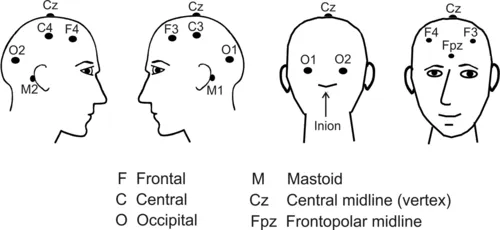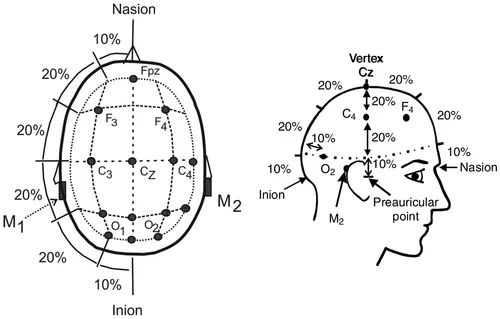
Sleep Medicine Pearls E-Book
Richard B. Berry, Mary H Wagner
- 580 pagine
- English
- ePUB (disponibile sull'app)
- Disponibile su iOS e Android
Sleep Medicine Pearls E-Book
Richard B. Berry, Mary H Wagner
Informazioni sul libro
Sleep Medicine is a rapidly growing and changing field. Experienced sleep medicine clinicians and educators Richard B. Berry, MD and Mary H. Wagner, MD present the completely revised, third edition of Sleep Medicine Pearls featuring 150 cases that review key elements in the evaluation and management of a wide variety of sleep disorders. The cases are preceded by short fundamentals chapters that present enough basic information so that a physician new to sleep medicine can start reading page 1 and quickly learn the essential information needed to care for patients with sleep disorders. A concise, practical format makes this an ideal resource for sleep medicine physicians in active practice, sleep fellows learning sleep medicine, and physicians studying for the sleep boards.
- Consult this title on your favorite e-reader, conduct rapid searches, and adjust font sizes for optimal readability.
- Zero in on the practical, "case-based" information you need to effectively interpret sleep studies (polysomnography, home sleep testing, multiple sleep latency testing), sleep logs, and actigraphy.
- Get clear, visual guidance with numerous figures and sleep tracings illustrating important concepts that teach the reader how to recognize important patterns needed to diagnose sleep disorders.
- Confer on the go with short, templated chapters—ideal for use by busy physicians. A combination of brief didactic material followed by case-based examples illustrates major points.
- Stay current with knowledge about the latest developments in sleep medicine by reading updated chapters using the new diagnostic criteria of the recently published International Classification of Sleep Disorder, 3rd Edition and sleep staging and respiratory event scoring using updated versions of the scoring manual of the American Academy of Sleep Medicine Manual for the Scoring of Sleep and Associated Events.
- Benefit from Drs. Berry and Wagner's 25+ years of clinical experience providing care for patients with sleep disorders and educational expertise from presenting lectures at local, regional and national sleep medicine courses. Dr Berry was awarded the AASM Excellence in Education Award in 2010.
Domande frequenti
Informazioni
Introduction
| R&K | AASM | |
| Wake | Stage W | Stage W |
| NREM | Stage 1 | Stage N1 |
| Stage 2 | Stage N2 | |
| Stage 3 | Stage N3 | |
| Stage 4 | ||
| REM | Stage REM | Stage R |
Time Window for Staging Sleep
| Window Duration | Use |
| 30 seconds (an epoch) | Sleep staging |
| 60–120 seconds | Respiratory Events |
| 15 seconds | Clinical EEG |
| 10 seconds | ECG rhythms Identifying wave form frequency |
Electroencephalography Monitoring

